It’s summer in Australia, so the sun is high and bright and the beaches call. Yesterday to Redhead Beach, so called because the large outcropping of rock jutting into the ocean features red rock (dare I say duh?), and today an hour north up to Nelson Bay. Both were lovely spots for a walk and a relaxing day.
Redhead Beach is at the northern end of a nine mile stretch of coastline, and is known for its stunning cliffs, rocky outcrops and shark tower. The 80meter high Redhead Point also marks the southern end of the Newcastle coastline. The sand was broad and white and at one spot provided a high dune that I needed to run up the side of — just because. And we were pleased to see a local manning the shark tower after some recent attacks in the area! I didn’t venture in the ocean — it was pretty rough and windy, and still too cold for my delicate nature, but Will braved it. After enough southern hemisphere sun we had some errands to run, so my curiosity as to Aussie pharmacies, bottle stores (wine is cheap, spirits are not), and grocery (fascinating variety of much similar and yet a lot not) was satisfied.
Today we drove to Nelson Bay, a major holiday playground and the main resort area of Port Stephens, with gorgeous beaches and coves and multiple areas for various aquatic pursuits. We climbed to the top of Tomaree Headland, a steep climb, but only 528 ft, which offers breathtaking lookout views over Port Stephens and nature reserves like Cabbage Tree Island. It’s here where the Goulds Petral, Australia’s rarest seabird, nests each September. Humpbacks migrate past here in winter and spring. Halfway down is the World War II gun emplacements, used in the defense of east coast Australia during World War II. During wartime, steel was of course essential, and the steelworks at Newcastle had to be protected. So Fort Tomaree was constructed in 1942 as a prevention to any invasion. There are still the gun mounts from the big swivel guns (not their official military name).
For lunch we went to the Nelson Head Lighthouse Reserve, the spot where a light was first exhibited in 1872. Prior to that time there was no guidance for mariners entering the Port and there was a very long list of shipwrecks dating from 1800 to 1990! Now there’s a museum and a spot for lunch and a Stevenson Screen Weather Station. Designed in 1864 by civil engineer Thomas Stevenson, the father of Robert Louis Stevenson, it is still used to read temperature and humidity.
Of course birdlife is significant and I had Will stop the car when I saw what I thought were the largest pelicans I had ever seen standing around a fish cleaning station. They waiting for a woman to head towards the trash bins with stuff from their boating afternoon, which she shared with the “herd” of birds waiting for her. It was quite a scene. I just couldn’t get over how huge these pelicans were! Will feeds the birds in his yard, and most evenings there are rainbow lorikeets and sulphur crested cockatoos and galahs and eastern rosellas. They are all skittish, but I sit patiently and try to get a picture or two.
On the way to Nelson Bay we drive past Newcastle, at the mouth of the Hunter River and a major port in NSW. Famous for its coal, Newcastle is the largest coal exporting harbor in the world, exporting 154.45 million tons of it in 2013–14, mostly to China. Beyond the city, the Hunter Region possesses large coal and iron ore deposits. This motherlode helped the area easily weather the economic downturn in the 2000’s, as the Asian markets continue to import vast amounts.
Another long day in a lovely part of a very big country.
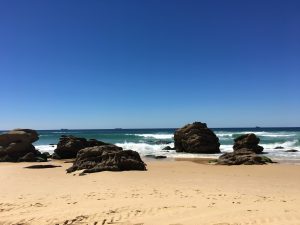
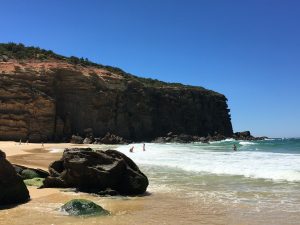
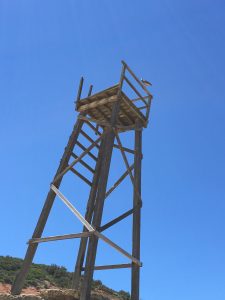
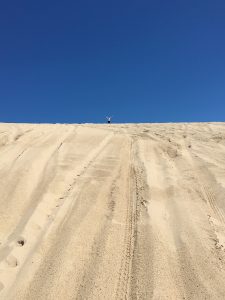
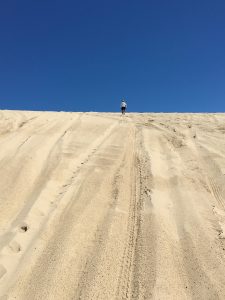
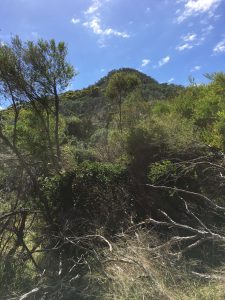
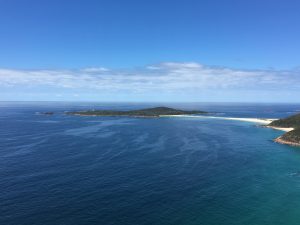
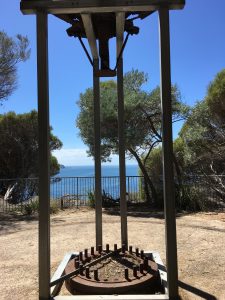
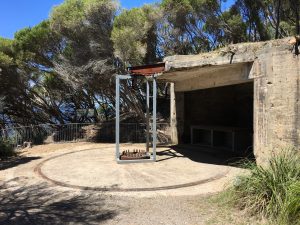
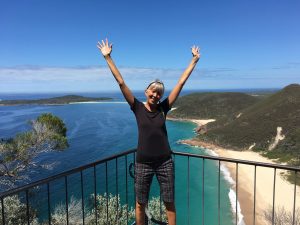
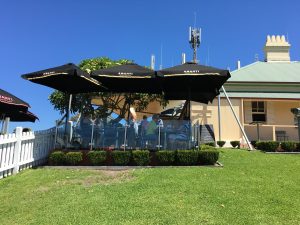
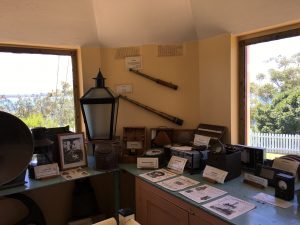
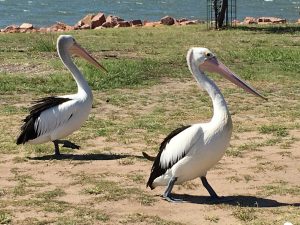
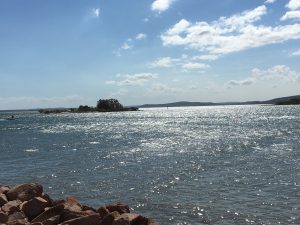
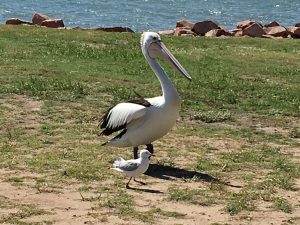
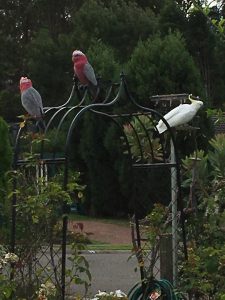
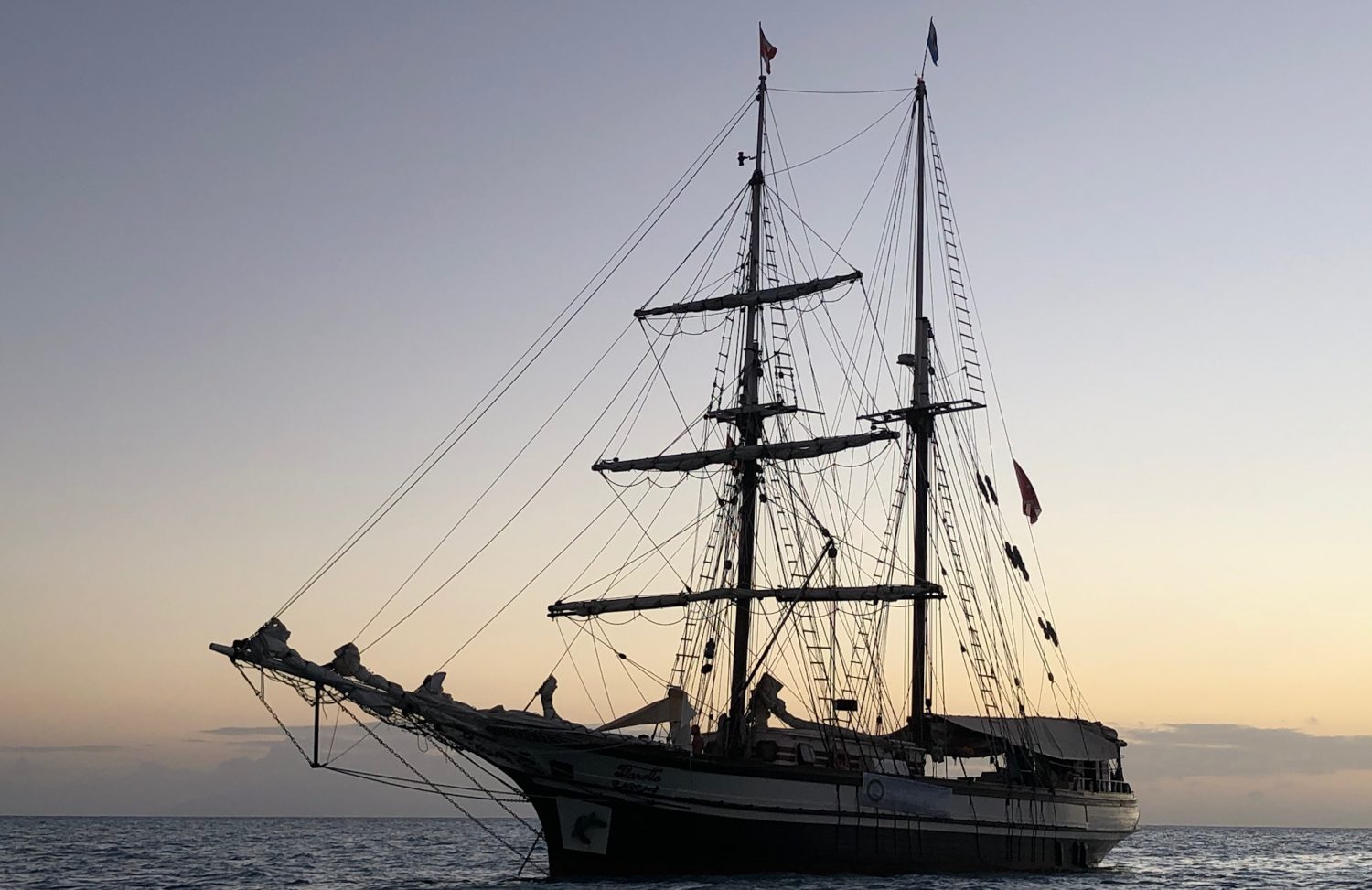
That sky is breathtaking. How warm is it?
Each day is different…. it’s been as high as maybe 85-88, but today barely got to 70! You know which I prefer!
Love that dune!